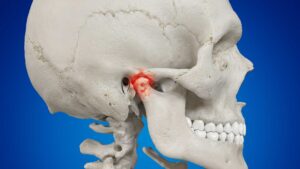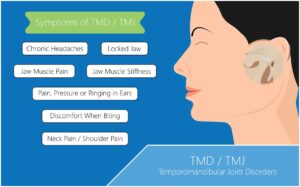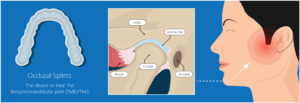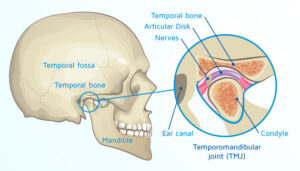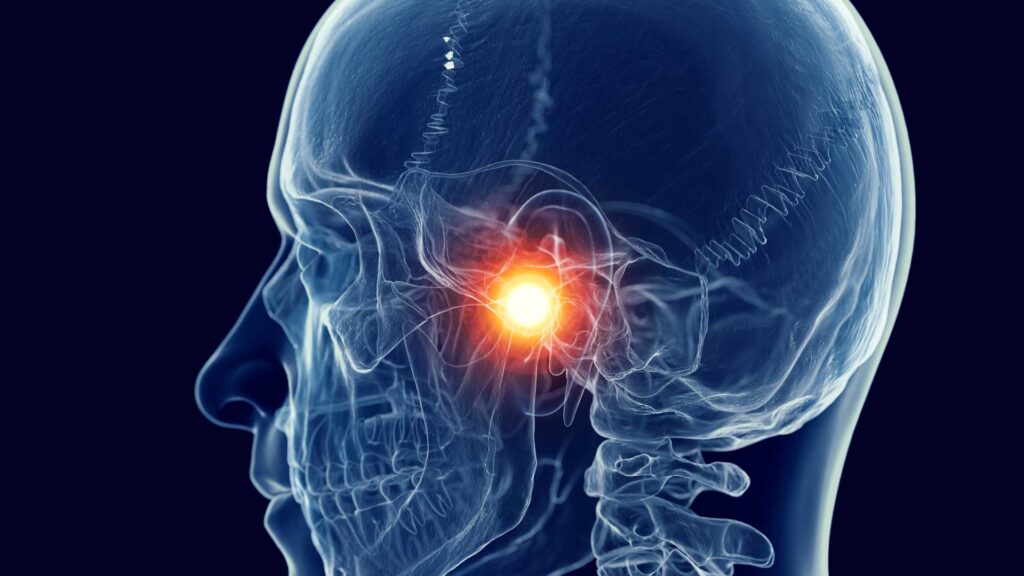
TMD can manifest in various ways, including jaw pain, headaches, clicking or popping sounds in the jaw, and difficulty with jaw movement. Here are some steps to consider if you suspect you have TMD:
- Consult a Specialist: Schedule an appointment with a dental specialist or healthcare provider who specializes in TMD. They can evaluate your condition, perform a thorough examination, and provide a proper diagnosis.
- Medical History: Be prepared to share your medical history, including any previous dental or jaw-related treatments, surgeries, or injuries. This information can be crucial in determining the cause of your TMD.
- Symptom Description: Clearly describe your symptoms, including when they started, their severity, and any factors that worsen or alleviate the pain. This information helps the specialist tailor your treatment plan.
- Physical Examination: Expect a physical examination of your jaw, neck, and head. The specialist may check for tenderness, muscle spasms, or abnormalities in jaw movement.
- Imaging: In some cases, the specialist may recommend imaging tests like X-rays, CT scans, or MRI scans to get a detailed view of your jaw joint and surrounding structures.
- Treatment Options: Once a diagnosis is made, your specialist will discuss treatment options with you. These may include lifestyle changes, physical therapy, medication, or dental devices like splints or mouthguards.
- Home Remedies: Your specialist may suggest self-care techniques to manage symptoms at home. These can include applying heat or cold packs to the affected area, practicing relaxation techniques, and maintaining a soft diet.
- Follow-Up: TMD treatment often involves regular follow-up appointments to monitor progress and make any necessary adjustments to your treatment plan.
- Avoid Triggering Factors: Identify and avoid habits or behaviors that may exacerbate your TMD symptoms. These can include excessive gum chewing, teeth clenching or grinding, and poor posture.
- Stay Informed: Educate yourself about TMD, its causes, and treatment options. This knowledge can empower you to actively participate in your own care.
Remember that every individual’s experience with TMD is unique, and treatment plans should be tailored to your specific needs. Seeking professional help is the first step toward finding relief and improving your quality of life if you are suffering from TMD.

